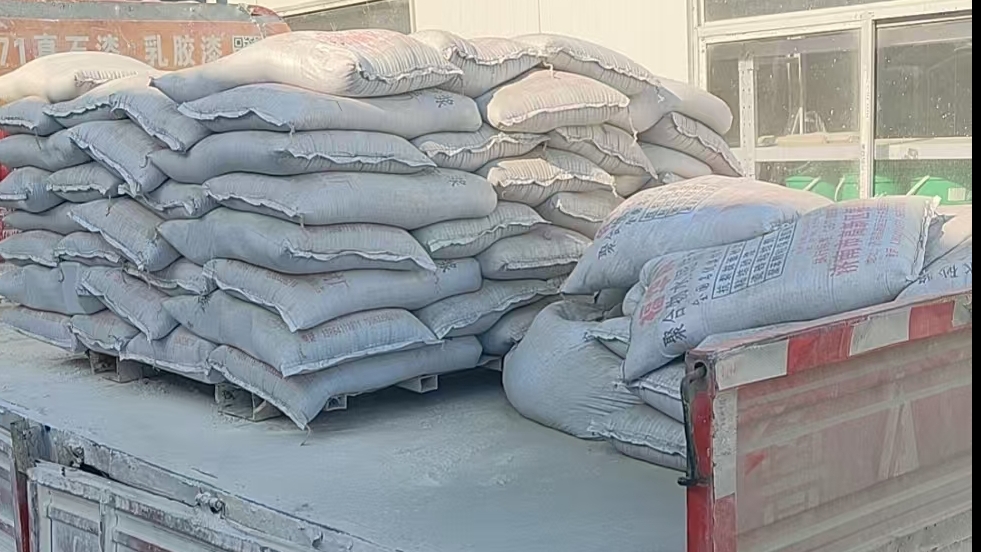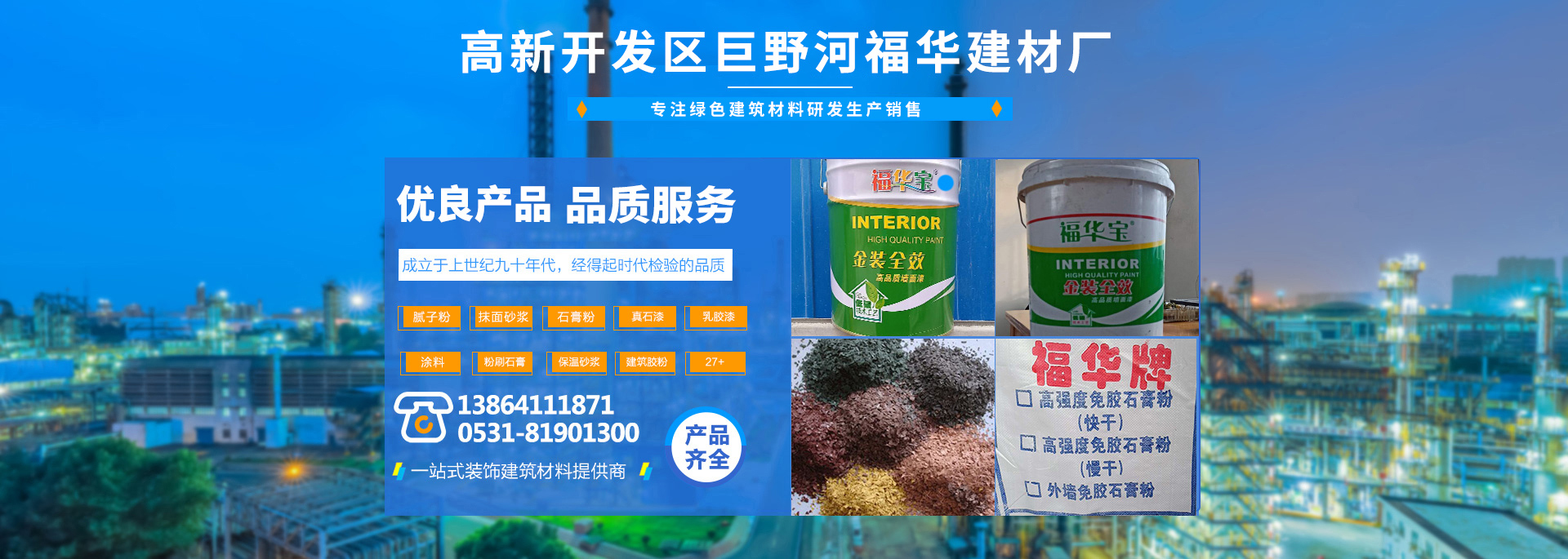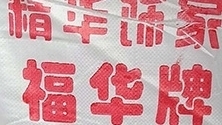濟南膩子粉施工中的常見問題解析
來源:http://www.laodaohe.cc 日期:2025-07-22 發布人:
濟南的氣候特點與墻體基礎條件,使得膩子粉施工過程中容易出現各類問題,這些問題既與材料特性相關,也受環境因素影響。了解施工中的常見問題及成因,對提升墻面質量、避免后期返修具有重要意義。
The climate characteristics and wall foundation conditions in Jinan make it easy for various problems to occur during the construction of putty powder, which are not only related to material properties but also affected by environmental factors. Understanding common problems and their causes during construction is of great significance for improving wall quality and avoiding later repairs.
墻體基層處理不當是引發后續問題的根源。濟南部分老舊建筑的墻體存在返堿現象,這是由于墻體內部的可溶性鹽隨水分遷移到表面,遇空氣后結晶析出,若直接在返堿墻面上批刮膩子,堿分會破壞膩子中的黏結成分,導致膩子層起泡、脫落。新砌墻體若干燥不充分(含水率超過 10%),直接施工會使膩子層吸收墻體水分,出現干縮開裂,尤其是春季濟南多雨,墻體含水率偏高,這類問題更為常見。此外,基層表面的浮灰、油污未清理干凈,會降低膩子與墻體的黏結力,施工后 1-2 個月可能出現局部空鼓,用手按壓會有明顯的空洞感。
Improper treatment of the wall base is the root cause of subsequent problems. The walls of some old buildings in Jinan have a phenomenon of alkali return. This is because soluble salts inside the walls migrate to the surface with water and crystallize when exposed to air. If putty is directly applied to the alkali return walls, the alkali will damage the bonding components in the putty, causing the putty layer to bubble and fall off. Insufficient drying of newly built walls (with a moisture content exceeding 10%) during direct construction can cause the putty layer to absorb moisture from the wall, resulting in shrinkage and cracking. This is especially common in spring when Jinan is rainy and the moisture content of the wall is high. In addition, if the floating ash and oil stains on the surface of the base layer are not cleaned thoroughly, it will reduce the adhesion between the putty and the wall. Local hollowing may occur 1-2 months after construction, and there will be a noticeable feeling of hollowing when pressed by hand.
氣候因素對膩子施工影響顯著。濟南夏季高溫干燥,膩子層干燥速度過快,容易出現表面結皮現象 —— 外層膩子已干透,內層仍處于濕潤狀態,后期會因內外收縮不一致產生裂紋,尤其是大面積墻面施工時,若未及時灑水養護,裂紋可能貫穿整個膩子層。冬季低溫(低于 5℃)時,膩子中的水分易結冰,冰晶膨脹會破壞膩子結構,導致施工后出現粉化,用手觸摸會有粉末脫落。春秋季多風,施工時若未關閉門窗,強風會加速膩子表面水分蒸發,形成龜裂紋,這類裂紋多呈網狀,影響墻面平整度。
Climate factors have a significant impact on putty construction. Jinan is hot and dry in summer, and the drying speed of the putty layer is too fast, which can easily lead to surface crust phenomenon - the outer layer of putty has dried completely, while the inner layer is still in a moist state. In the later stage, cracks may occur due to inconsistent shrinkage inside and outside, especially during large-scale wall construction. If water is not sprayed and cured in time, cracks may penetrate the entire putty layer. When the temperature is low in winter (below 5 ℃), the moisture in the putty is prone to freezing, and the expansion of ice crystals can damage the structure of the putty, resulting in powdering after construction. When touched by hand, the powder may fall off. During spring and autumn, there are often strong winds. If doors and windows are not closed during construction, the strong winds will accelerate the evaporation of moisture on the surface of the putty, forming turtle cracks. These cracks are often in a mesh pattern and affect the flatness of the wall.
材料配比與攪拌問題直接影響膩子性能。膩子粉需按比例加水攪拌,若加水過少,膩子會過于黏稠,批刮時費力且易出現刀痕;加水過多則會降低膩子強度,干燥后表面疏松,容易掉粉。攪拌不均勻也是常見問題,未充分溶解的膩子顆粒會在墻面形成疙瘩,打磨時難以處理,影響后續涂料的附著。部分施工人員為加快干燥速度,擅自添加水泥或膠水,這種做法會改變膩子的化學性質,導致墻面出現返黃或硬化開裂,尤其是添加劣質膠水時,還可能釋放刺激性氣味。
The material ratio and mixing issues directly affect the performance of putty. Putty powder needs to be mixed with water in proportion. If too little water is added, the putty will become too viscous, making it difficult to scrape and prone to knife marks; Adding too much water will reduce the strength of the putty, and after drying, the surface will become loose and prone to powder loss. Uneven mixing is also a common problem. Insufficient dissolved putty particles can form lumps on the wall, which are difficult to handle during polishing and affect the adhesion of subsequent coatings. Some construction workers add cement or glue without authorization to speed up the drying process. This practice can change the chemical properties of the putty, causing the wall to turn yellow or harden and crack. Especially when adding inferior glue, it may also release irritating odors.

施工工藝不當引發的問題貫穿全過程。批刮厚度控制不合理是關鍵 —— 單次批刮過厚(超過 2 毫米),膩子層內部難以干透,會出現氣泡或脫落;批刮過薄則無法掩蓋墻體基層的凹凸不平,影響平整度。陰陽角處理不規范會導致線條不直,陽角易碰撞損壞,陰角易積灰。打磨時機把握不準也會產生問題,打磨過早(膩子未干透)會導致墻面起毛;打磨過晚(膩子完全干透)則難以打磨平整,還會產生大量粉塵。此外,兩遍膩子施工間隔時間不足(少于 4 小時),會使底層膩子中的水分無法充分揮發,引發上層膩子開裂。
The problems caused by improper construction techniques run through the entire process. Unreasonable control of scraping thickness is key - if a single scraping is too thick (exceeding 2 millimeters), the putty layer will be difficult to dry completely inside, resulting in bubbles or detachment; Scratching too thin cannot cover up the unevenness of the wall base, which affects the flatness. Improper treatment of internal and external corners can result in lines that are not straight, external corners that are prone to collision and damage, and internal corners that are prone to dust accumulation. Inaccurate timing of polishing can also cause problems, as polishing too early (due to incomplete putty drying) can lead to wall fuzzing; If the polishing is too late (the putty is completely dry), it will be difficult to polish smoothly and a large amount of dust will be generated. In addition, if the interval between two layers of putty construction is insufficient (less than 4 hours), it will prevent the moisture in the bottom layer of putty from fully evaporating, leading to cracking of the upper layer of putty.
后期養護缺失加劇質量隱患。膩子施工完成后需進行適當養護,夏季應每天灑水 1-2 次,保持表面濕潤,避免干燥過快;冬季則需采取保溫措施,確保膩子在 5℃以上環境中干燥。若養護不到位,膩子層易出現干縮裂紋,尤其是在窗邊、墻角等溫度變化劇烈的部位。施工后若未及時保護,人員走動或工具碰撞會造成膩子層局部破損,修補時若新舊膩子結合不好,會留下明顯痕跡,影響整體美觀。
The lack of maintenance in the later stage exacerbates quality hazards. After the completion of putty construction, appropriate maintenance should be carried out. In summer, water should be sprayed 1-2 times a day to keep the surface moist and avoid drying too quickly; In winter, insulation measures should be taken to ensure that the putty is dry in an environment above 5 ℃. If the maintenance is not in place, the putty layer is prone to dry shrinkage cracks, especially in areas with drastic temperature changes such as window edges and wall corners. If not protected in a timely manner after construction, personnel walking or tool collisions can cause local damage to the putty layer. If the new and old putty do not bond well during repair, it will leave obvious marks and affect the overall appearance.
本文由濟南膩子粉友情奉獻.更多有關的知識請點擊:http://www.laodaohe.cc真誠的態度.為您提供為全面的服務.更多有關的知識我們將會陸續向大家奉獻.敬請期待.
This article is a friendly contribution from Jinan gypsum powder For more information, please click: http://www.laodaohe.cc Sincere attitude To provide you with comprehensive services We will gradually contribute more relevant knowledge to everyone Coming soon.
 主站蜘蛛池模板:
亚洲日本激情|
18xxxxx18|
好疼太大了太粗太长了视频|
三级网址中文字幕|
国产美女视频自拍|
国产寡妇婬乱a毛片视频|
国产亚洲一区二区av|
成a∨人片在线观看无码|
国产裸体裸美女无遮挡网站|
很色很爽很黄裸乳视频|
日韩欧美在线综合网|
国产成人精品无码免费看|
精品一区二区三区在线视频|
精品日本一区二区三区免费|
朝鲜女人大白屁股ass孕交|
久久久无码精品一区二区三区蜜桃|
亚洲精品成人无码中文毛片|
国产一区二区三区|
精品露脸国产偷人在视频|
国产一区二区三区在线观看|
中文字幕乱码一区二区|
美女被抽插到哭内射视频免费|
日韩精品一区二区三区在线观看l|
中文字幕 乱码 中文乱码视频|
日本边添边摸边做边爱喷水|
一本色道久久99一综合|
午夜免费国产体验区免费的|
在线观看人成视频免费|
亚洲精品无码久久久久久久|
中文字幕无码第1页|
东源县|
人操人人|
南木林县|
3P在线看|
日本一区二区中文字幕|
五月狠狠亚洲小说专区|
亚洲综合在线一区二区三区|
97久久久久人妻精品专区|
大又大粗又爽又黄少妇毛片|
无码人妻一区二区三区在线视频|
老熟女高潮喷水了|
主站蜘蛛池模板:
亚洲日本激情|
18xxxxx18|
好疼太大了太粗太长了视频|
三级网址中文字幕|
国产美女视频自拍|
国产寡妇婬乱a毛片视频|
国产亚洲一区二区av|
成a∨人片在线观看无码|
国产裸体裸美女无遮挡网站|
很色很爽很黄裸乳视频|
日韩欧美在线综合网|
国产成人精品无码免费看|
精品一区二区三区在线视频|
精品日本一区二区三区免费|
朝鲜女人大白屁股ass孕交|
久久久无码精品一区二区三区蜜桃|
亚洲精品成人无码中文毛片|
国产一区二区三区|
精品露脸国产偷人在视频|
国产一区二区三区在线观看|
中文字幕乱码一区二区|
美女被抽插到哭内射视频免费|
日韩精品一区二区三区在线观看l|
中文字幕 乱码 中文乱码视频|
日本边添边摸边做边爱喷水|
一本色道久久99一综合|
午夜免费国产体验区免费的|
在线观看人成视频免费|
亚洲精品无码久久久久久久|
中文字幕无码第1页|
东源县|
人操人人|
南木林县|
3P在线看|
日本一区二区中文字幕|
五月狠狠亚洲小说专区|
亚洲综合在线一区二区三区|
97久久久久人妻精品专区|
大又大粗又爽又黄少妇毛片|
无码人妻一区二区三区在线视频|
老熟女高潮喷水了|





 魯公網安備
魯公網安備